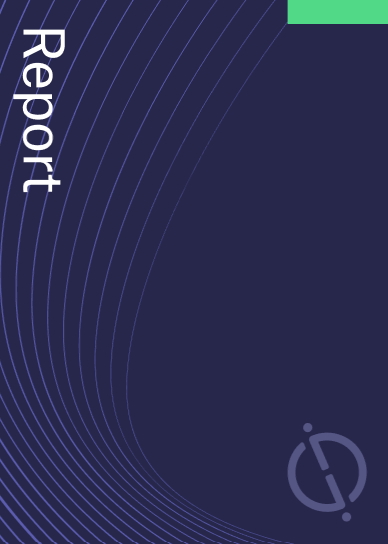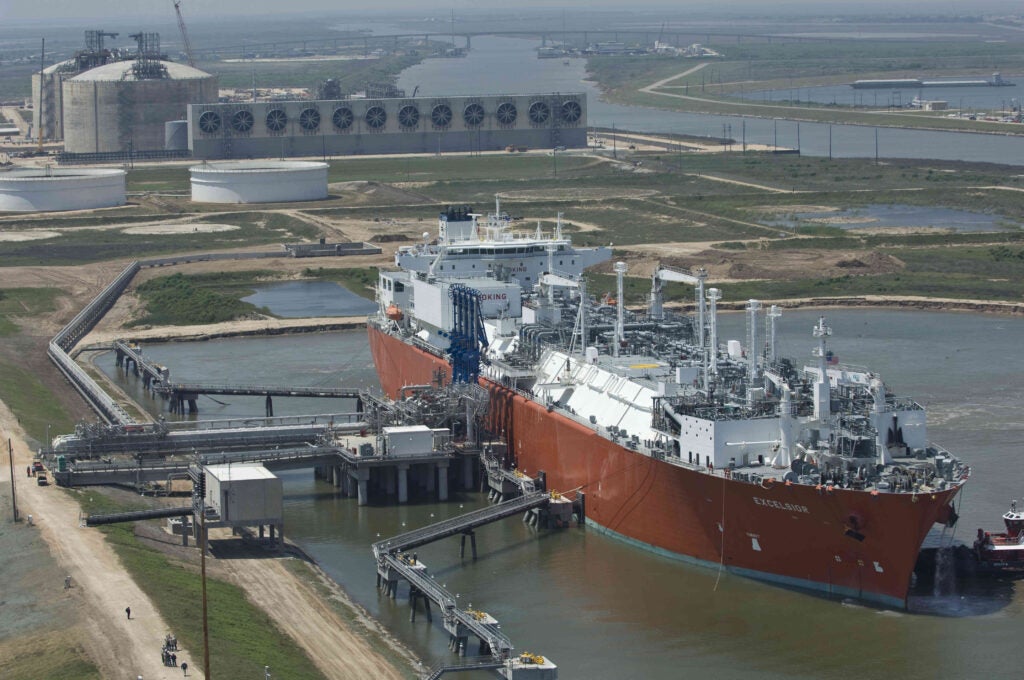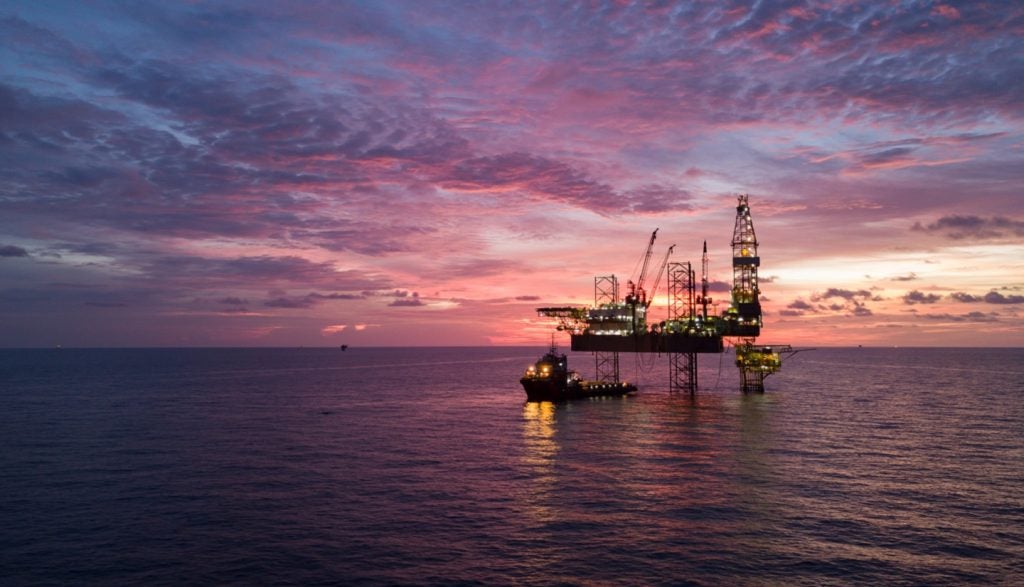PGS has filed a patent for methods and systems that use an acoustic wave equation to determine properties of a subterranean formation. The equation can be used with full-waveform inversion to build velocity and reflectivity models, which can then be used for quantitative interpretation and prospectivity assessment. The equation can also be used with least-squares reverse time migration to build a reflectivity model with enhanced resolution and amplitude fidelity. The models can reveal the structure, lithology, and presence of oil and natural gas reservoirs in the subterranean formation. GlobalData’s report on PGS gives a 360-degree view of the company including its patenting strategy. Buy the report here.
According to GlobalData’s company profile on PGS, Underwater seismic device deployment was a key innovation area identified from patents. PGS's grant share as of September 2023 was 64%. Grant share is based on the ratio of number of grants to total number of patents.
Determining properties of a subterranean formation using acoustic wave-equation
A recently filed patent (Publication Number: US20230305176A1) describes a computer-implemented process for determining properties of a subterranean formation located beneath a body of water using a pressure wavefield recorded during a marine survey. The process involves simultaneously determining a velocity model and a reflectivity model of the subterranean formation based on the recorded pressure wavefield and using an acoustic wave equation that models acoustic wavefields and depends on velocities and reflectivity of materials comprising the subterranean formation. The velocity model and/or the reflectivity model are then used to identify properties of features in the subterranean formation.
The process described in the patent involves iteratively determining the velocity model and the reflectivity model of the subterranean formation based on the pressure wavefield, the acoustic wave equation, and an initial velocity model. This iterative approach allows for more accurate determination of the velocity and reflectivity models.
The patent also describes a computer system for implementing the process. The system includes one or more processors, one or more data-storage devices, and machine-readable instructions stored in the data-storage devices. The instructions control the system to perform operations such as determining the velocity model and the reflectivity model of the subterranean formation based on the recorded pressure wavefield and the acoustic wave equation, and determining an acoustic impedance model and a density model of the subterranean formation based on the velocity and reflectivity models. These models can then be used to identify properties of the subterranean formation.
Additionally, the patent describes apparatus and a non-transitory computer-readable medium encoded with machine-readable instructions for determining properties of a subterranean formation. The apparatus includes means for determining the velocity model and the reflectivity model based on the recorded pressure wavefield and the acoustic wave equation, means for determining an image of the subterranean formation based on the velocity model, the reflectivity model, and the pressure wavefield, and means for displaying the image and models on a display device.
Overall, this patent describes a computer-implemented process and system for determining properties of a subterranean formation using pressure wavefield data obtained during a marine survey. The process involves simultaneously determining velocity and reflectivity models, and the resulting models can be used to identify properties of the subterranean formation. The described apparatus and computer-readable medium provide means for implementing this process.
To know more about GlobalData’s detailed insights on PGS, buy the report here.
Premium Insights
From

The gold standard of business intelligence.
Blending expert knowledge with cutting-edge technology, GlobalData’s unrivalled proprietary data will enable you to decode what’s happening in your market. You can make better informed decisions and gain a future-proof advantage over your competitors.





